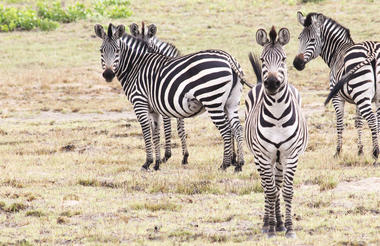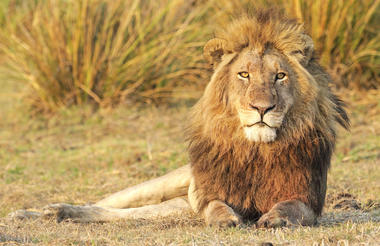At Victoria Falls, the earth splits open and swallows one of Africa’s greatest rivers, the mighty Zambezi, creating the largest sheet of falling water on earth. As the water hits the narrow depths of the Batoka Gorge beneath, it blasts a cloud of mist skywards, lending the falls their local name ‘mosi-oa-tunya’ (the smoke that thunders). When the Zambezi is its fullest, the mist hangs a permanent raincloud above the falls, showering visitors on even the sunniest of days and visible for miles around.
Above the falls on the upper Zambezi, boats cruise the tranquil water at sunset while the distant spray catches the fading light downstream. Below the falls, the Batoka Gorge’s rocky walls funnel the lower Zambezi into a chain of world-class rapids, prime for white water rafting.
Aside from being a UNESCO world heritage site and a natural world wonder, Victoria Falls also forms a natural border between Zimbabwe and Zambia. The falls can be seen from both countries, and for the most part the same activities are offered on both sides, from helicopter scenic flights to village visits and souvenir shopping.
Whether your idea of getting away from it all is a relaxed high tea in colonial grandeur or a heart-stopping bungee jump off a bridge, Victoria Falls keeps both the faint of heart and the most insatiable of adrenalin junkies busy for days.
From Zambia, a side on view of the falls is on offer with views into the Batoka Gorge, as well as the possibility of perching yourself at the edge of the falls on the vertigo-inducing Livingstone Island.
From Zimbabwe, you’ll get a full-frontal view of three quarters of the falls’ 1.7km wide curtain of water from viewpoints and footpaths meandering through a rainforest kept hot and humid by the spray of the falls.
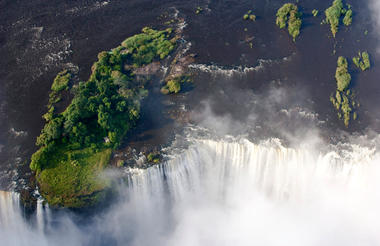
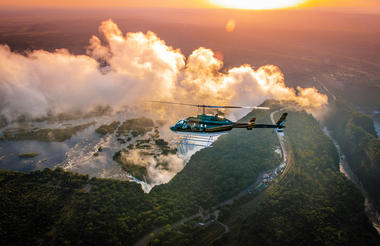
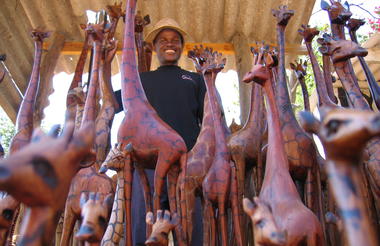
South Luangwa is often named as one of Africa’s best national park combining fantastic wildlife experiences and top quality guiding. South Luangwa is all about exploring the bush on foot. The famous walking safaris originated here and it is possibly Africa’s finest walking destination.
Exploring the bush on foot is an especially interesting tranquil way to discover the small hidden treasures of this wildlife haven.
The Luangwa River with its distinctive ox-bow lagoons is said to have one of the most intense concentration of hippos and crocodiles in Africa. At night you will silently fall asleep with their snorts and grunts.
South Luangwa National park is home to over 60 mammal species and 400 birds. It has three endemic species, the beautiful Thornicroft giraffe with a more striking coloration than giraffes in the rests of Southern Africa, Cookson’s wildebeest that is slightly more reddish and the Crawshay’s Zebra, a subspecies of the plains Zebra, lacking the shadow stripes between the black stripes.
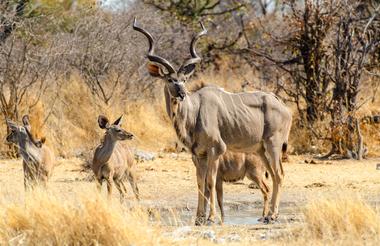
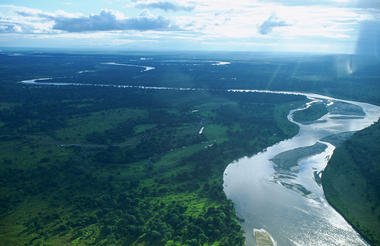
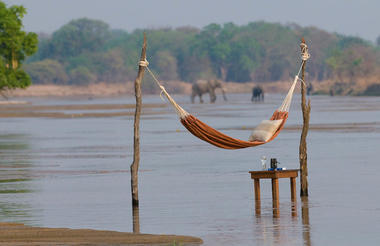
Kafue is Zambia’s largest national park, comprising two distinct sections, of which the northern section is the biggest and shelters the highest concentrations of game. Resident species include elephant, lion, leopard, buffalo and antelope, while hippos and waterbirds thrive in the wetlands of the Busanga Plains. This marshy wilderness extends across approximately 750 square kilometres which, during the rainy season, becomes a veritable deluge. Once the rains cease and the waters subside, a blanket of lush, grassy vegetation if left behind, attracting vast numbers of antelope and other grazers. Several camps are situated in Northern Kafue, offering a variety of accommodation, ranging from budget to luxury.
